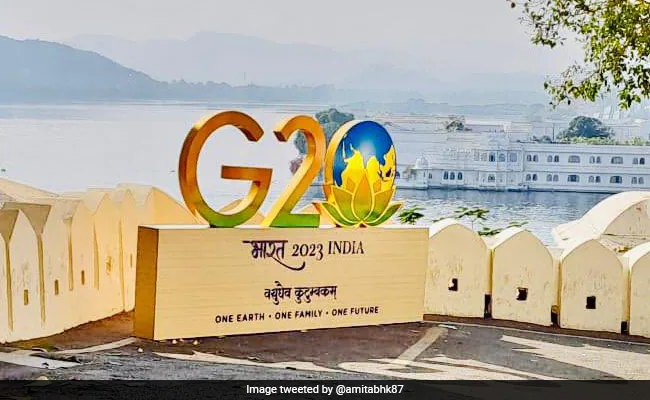New Delhi: When it comes to hosting world leaders in the country for an event as big as the G20 summit, other than security, warding off monkeys and mosquitos is of equal importance.
So, what is the government doing?
A team of more than 30 “monkey-men” have been deployed and cutouts of langurs have been erected to deter marauding monkeys from munching on floral displays laid out for global leaders.
The men mimic the hoots and screams of the aggressive langur monkey, the natural enemy of the smaller rhesus macaque primates that wreak havoc in the national capital’s central areas.
Stray dogs were also on the list. However, officials had to abandon the plan following resistance from Delhi residents and animal rights activists.
And now, eight teams equipped with insecticide sprayers are dousing likely mosquito-breeding sites across the G20 venue, the Hindustan Times reported. One official told the newspaper that batches of larvae-eating mosquitofish were released ahead of the conference into around 180 lakes and fountain pools.
Security and beautification
Apart from special forces and bulletproof cars, rooftop snipers are being stationed and anti-drone technology is being pressed into service. India’s counter-terrorism “Black Cats” guards have been practising rapid deployments from helicopters, rappelling down ropes onto hotel roofs where presidents will be staying.
Photos of PM Modi are lining streets across the capital New Delhi to welcome world leaders to the summit, the most powerful gathering India has ever hosted.
Traffic police have promised “elaborate regulations” with a huge restricted zone slapped across much of the city centre. Bullet-proof limousines will ferry visiting leaders.
Businesses have been ordered shut and a holiday has been declared. The summit will take place in Bharat Mandapam, a recently revamped conference centre in Delhi’s Pragati Maidan.
The sprawling riverside site lies close to the towers of the 16th century Mughal-era Purana Qila fort, as well Raj Ghat where G20 leaders are expected to plant trees.
More than 4,000 homeless people living under bridges and on roadsides in the city centre have been moved into “shelter homes” ahead of the summit, according to municipal officials.
Several long-closed fountains are running again, while roadside markings that faded years ago are gleaming with a fresh lick of paint.
Some 70,000 flower pots have been set out across the city. Maintaining and monitoring the foliage has become a major task in itself, with 35 water tankers deployed to keep the plants green, the Times of India reported.
Statues have popped up across the city centre, including a 28-foot-tall (8.5-metre-tall) figure of the Hindu god Shiva at the G20 summit venue entrance.



Comments are closed.